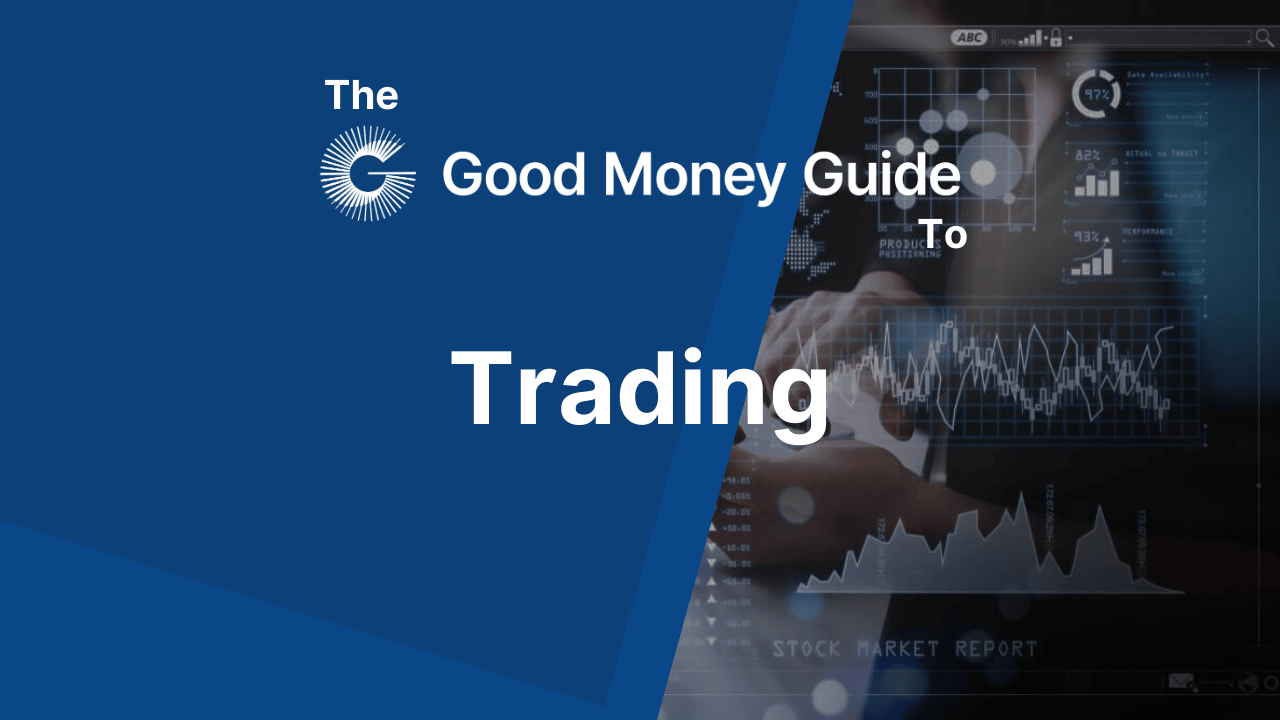Introduction to Technical Indicators
Technical indicators are tools used by traders to analyze price movements, identify trends, and make informed trading decisions. They are based on mathematical calculations applied to historical price data. Three of the most popular indicators are Moving Averages (MA), the Relative Strength Index (RSI), and the Moving Average Convergence Divergence (MACD).
1. Moving Averages (MA)
Moving averages smooth out price data to create a clear picture of the underlying trend. The two most common types are the Simple Moving Average (SMA) and the Exponential Moving Average (EMA).
SMA calculates the average price over a specific number of periods, givin...
Please register or log in to continue...
Become a better, more informed investor with Good Money Guide. Our expert, exclusive educational courses provide the sort of information that everyone, from first-time investors to experienced professional traders, can learn to profit from.

